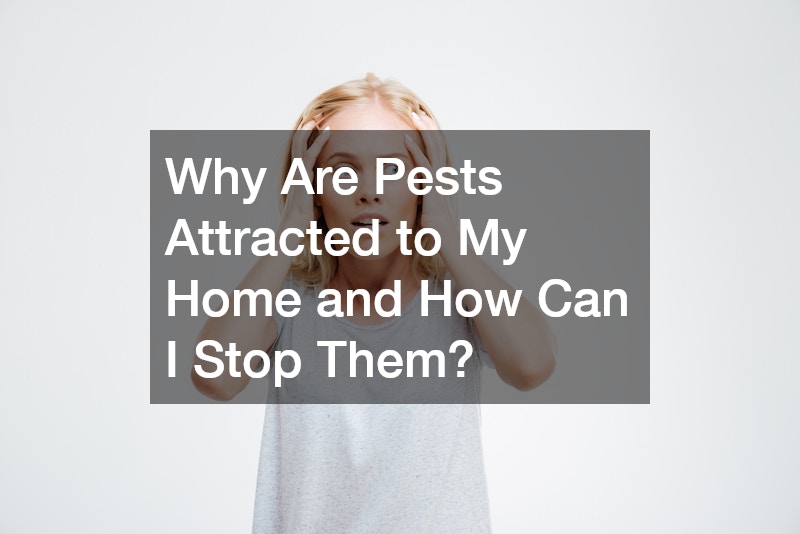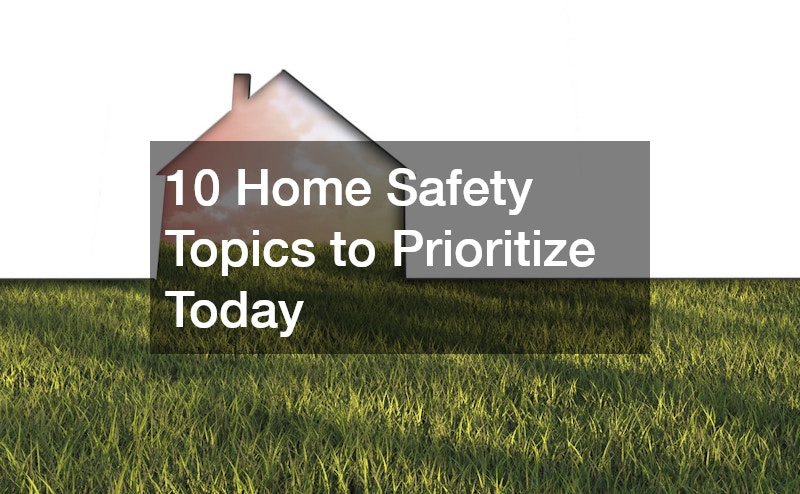Pests are more than a simple nuisance—they can cause property damage, trigger allergies, and introduce health risks for your family. Understanding why pests are drawn to your home is the first step toward preventing infestations. Many factors, including food sources, moisture, and shelter, make certain houses more attractive to insects, rodents, and other unwanted visitors.
Preventing infestations requires a proactive approach. It’s not just about responding after a problem appears; it’s about identifying vulnerabilities and taking action before pests move in. By focusing on cleanliness, structural maintenance, and environmental adjustments, homeowners can significantly reduce the likelihood of encountering pest problems.
Additionally, the surrounding environment plays a significant role. Landscaping choices, nearby vegetation, and seasonal changes all influence how often pests attempt to enter your home. By understanding these influences and taking preventative measures, you can create a less inviting setting for unwanted intruders while protecting both your property and your family’s wellbeing.
Identify What Draws Pests Indoors
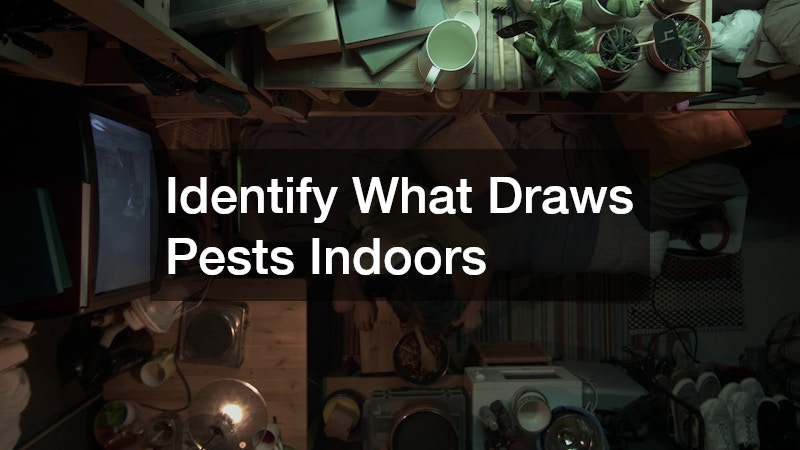
Pests are opportunistic creatures, constantly seeking food, water, and shelter. Small crumbs left on counters, leaky pipes, or damp corners in basements and crawl spaces can make your home irresistible to ants, cockroaches, and rodents. Even minor environmental issues, if left unchecked, can turn into long-term infestations.
Moisture is one of the primary attractants. Even tiny leaks under sinks or around windows create damp conditions that pests find appealing. Homes with inadequate ventilation, condensation problems, or standing water in basements are especially vulnerable.
Clutter also encourages pest activity. Cardboard boxes, stacks of paper, and piles of old clothing provide ideal hiding spots and nesting areas. Keeping storage areas organized, rotating items regularly, and inspecting them for signs of activity can discourage pests from settling in.
Outdoor factors are just as important. Overgrown shrubs, dense vegetation, and unkempt yards create corridors for pests to approach your home. Maintaining a clean perimeter and trimming vegetation away from structures reduces opportunities for pests to gain access, making your home less attractive to intruders.
Address Moisture Issues Promptly
Excess moisture is a magnet for many types of pests. Leaky roofs, clogged gutters, or plumbing issues create ideal conditions for insects, rodents, and other intruders. Moist, damp areas also encourage mold growth, which can attract additional pests and compromise indoor air quality.
Persistent moisture can contribute to structural damage over time. Water damage companies can help identify hidden leaks, weak foundation points, and areas prone to pooling. Addressing these issues quickly not only reduces the likelihood of infestations but also prevents costly damage to your property.
Simple preventative measures make a big difference. Checking under sinks, inspecting pipe connections, and repairing roof leaks early prevents moisture accumulation. Ensuring proper ventilation in bathrooms, kitchens, and basements helps maintain dry conditions, discouraging pests from establishing nests indoors.
Control Termites Before They Cause Damage
Termites are silent destroyers, often causing significant structural damage before homeowners even notice their presence. Their attraction to wood and cellulose materials makes wooden beams, furniture, and even mulch ideal for shelter and food.
Keeping wood off the ground, sealing cracks in foundations, and monitoring areas where soil meets wooden structures can limit access. Regular inspections by termite control professionals are essential. Experts can detect early signs of activity, recommend preventive treatments, and advise on long-term solutions.
Preventative termite control measures are far less costly than repairing extensive damage. Even minor adjustments to the environment, such as removing mulch near foundations or storing firewood away from the home, help reduce the risk. Combining professional services with routine home care ensures a strong defense against one of the most destructive pests homeowners face.
Maintain Your Lawn and Outdoor Areas

The condition of your yard directly impacts the likelihood of pest intrusion. Overgrown grass, dense shrubs, and unmanaged flower beds create nesting sites for insects and rodents. Regular lawn care not only improves curb appeal but also reduces habitats for pests.
Trimming shrubs away from the house, mowing consistently, and keeping flower beds tidy discourages pests from lingering near your property. Yard debris like leaves, fallen branches, and compost piles should be managed carefully, as these provide shelter for rodents, insects, and even snakes.
Landscape choices also play a role in pest prevention. Avoid plants that attract insects to entrances and windows, and ensure irrigation systems do not create puddles near your foundation. Maintaining clean, organized outdoor spaces reduces opportunities for pests while making your yard safer and more enjoyable for your family.
Partner with Local Exterminators for Preventive Care
Even with meticulous maintenance, some pests may find ways into your home. Local exterminators offer inspections and targeted treatments to control ants, spiders, rodents, bedbugs, and other intruders. Scheduling regular preventive visits can identify problem areas before infestations escalate.
Professional pest control goes beyond simply removing pests. Experts provide guidance on structural improvements, environmental adjustments, and strategic chemical barriers to make your home less appealing to intruders. Partnering with local professionals creates a multi-layered defense that is difficult for pests to penetrate.
Combining professional interventions with routine home care ensures that preventive measures remain effective year-round. Exterminators can also recommend seasonal strategies, such as focusing on insect activity in spring or rodent control in winter, to keep your property consistently protected.
Remove Wasp Nests Safely
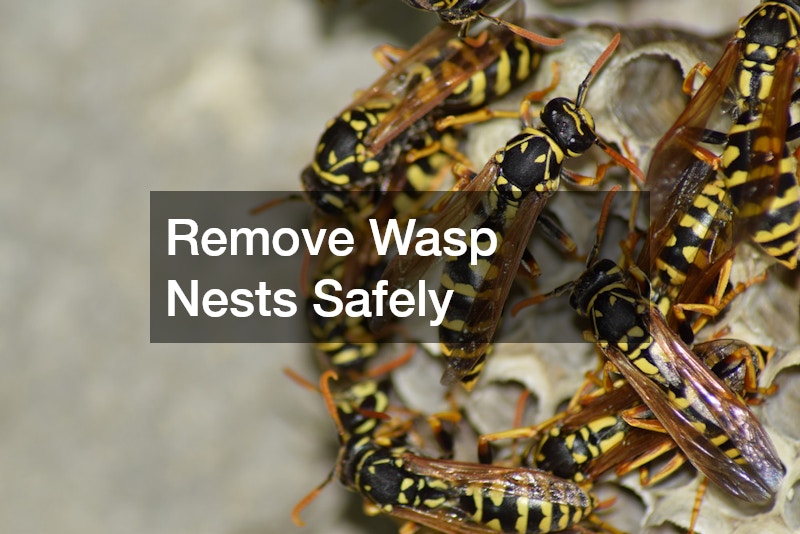
Wasps are aggressive and can build nests in hidden locations such as eaves, sheds, and trees. Attempting removal without proper precautions risks painful stings and increased insect activity.
Wasp removals conducted by trained professionals ensure that nests are handled safely and efficiently. Experts locate colonies, remove them without harm, and advise on preventative strategies to discourage future nesting. Simple measures, like sealing gaps and limiting food sources outdoors, further reduce the likelihood of new colonies forming.
Regular inspections and proper yard maintenance make your property safer for outdoor activities. Maintaining vigilance around trees, sheds, and play areas prevents encounters with aggressive insects while preserving a family-friendly environment.
Inspect and Maintain Roofs and Gutters
A deteriorating roof or clogged gutters can invite pests into your home. Water accumulation from poor drainage or damaged shingles creates damp environments ideal for insects and rodents. Regular roof inspections prevent minor problems from turning into major infestations or structural damage.
Local roofers can identify weak spots, missing shingles, and damaged flashing that may serve as entry points. A gutter cleaning service ensures water flows correctly, reducing the risk of standing water near foundations. Clear gutters also prevent water damage that can attract moisture-loving pests.
Routine roof and gutter maintenance protects your home from both water intrusion and pest activity. Proactive attention ensures small issues are resolved before they escalate, safeguarding your property and maintaining a pest-resistant environment.
Secure Fencing and Outdoor Barriers
Fencing serves as a physical barrier that helps manage access to your property. Loose or damaged fences allow wildlife, stray animals, or rodents to enter the yard, increasing pest risk. Installing and maintaining secure fencing is a practical step in creating a controlled outdoor space.
A fence company can repair or install barriers designed to deter pests and limit movement into the yard. Landscaping techniques such as gravel beds, stone borders, or strategically trimmed hedges complement fencing efforts, reducing hiding spots for rodents and other intruders.
Effective outdoor barriers also support other preventive measures. By controlling access, you can maintain clear perimeters, protect plants, and minimize areas where pests could establish nests, enhancing both safety and convenience.
Upgrade Windows for Safety and Prevention
Windows are often some of the most vulnerable points in a home, providing potential entryways for a variety of pests. Gaps, cracked frames, worn seals, and missing or damaged screens allow insects like flies, mosquitoes, and ants, as well as small rodents, to infiltrate living spaces. Even minor openings can lead to infestations, making it essential to treat window maintenance as a key part of comprehensive pest prevention.
Window services providers can assess the condition of your windows, repair or replace faulty frames, install tightly fitting screens, and seal gaps to block entry points. Modern window upgrades can also improve energy efficiency by reducing drafts and heat loss, while enhancing comfort and security. Regular inspections allow homeowners to detect early signs of pest activity or water intrusion and address these issues before they escalate into costly problems.
Maintaining secure, well-sealed windows not only prevents pests from entering but also protects the home from moisture damage and structural deterioration. Keeping openings tight, checking seals, and repairing any weaknesses ensures a healthier indoor environment. Combined with routine cleaning and monitoring, properly maintained windows contribute to a safer, more energy-efficient, and pest-resistant home.
Address Mold and Related Issues
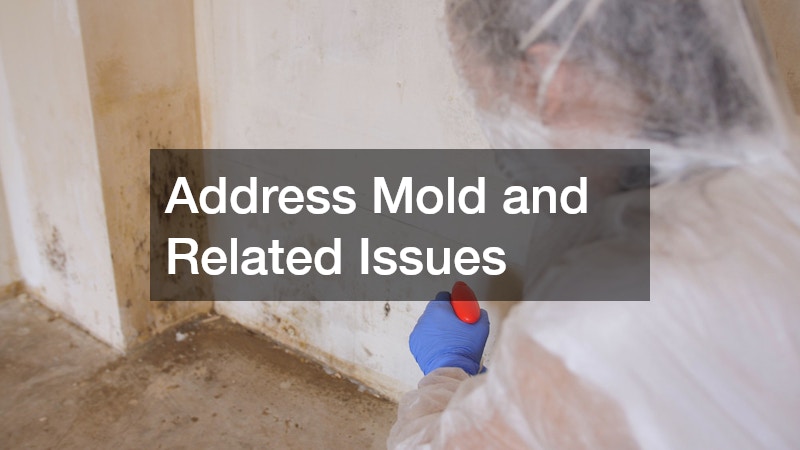
Mold attracts pests and can negatively impact health in multiple ways. Moist, damp environments provide ideal conditions not only for cockroaches, silverfish, and other insects but also for bacteria and fungi that can aggravate allergies or trigger respiratory problems. Even small areas of unnoticed mold can spread quickly if moisture persists, creating hidden health hazards and weakening the structural integrity of walls, floors, and ceilings over time.
Mold remediation specialists can safely remove growth using proven methods, identify hidden sources of moisture such as leaks or condensation, and recommend long-term strategies to prevent recurrence. These strategies may include improving ventilation, installing dehumidifiers, repairing plumbing issues, or sealing areas prone to water intrusion. Promptly addressing mold reduces pest activity, prevents further property damage, and improves indoor air quality, ensuring a healthier environment for all occupants.
Regular inspections of high-risk areas—such as bathrooms, kitchens, basements, attics, and crawl spaces—are critical to early detection. Catching moisture problems early prevents both structural damage and the attraction of pests that thrive in damp conditions. Maintaining dry, well-ventilated spaces through proper cleaning, monitoring humidity, and timely repairs is essential for creating a safe, healthy living environment and minimizing the risk of future infestations.
Recognize and Respond to Water Damage
Water intrusion can occur from a variety of sources, including leaky pipes, foundation cracks, faulty appliances, or roof issues caused by damaged shingles or flashing. Even minor water damage creates ideal habitats for pests such as ants, cockroaches, and rodents, while also encouraging mold growth that can compromise indoor air quality. Over time, untreated moisture problems can lead to rot, structural deterioration, and persistent odors, all of which increase health risks for family members and reduce the longevity of building materials.
Water damage companies can provide a comprehensive assessment to identify both visible and hidden sources of moisture. They can repair affected areas, including leaking pipes, cracked foundations, or water-damaged flooring, and recommend long-term preventative solutions like improved drainage, waterproof coatings, or sump pump installations. By addressing water issues thoroughly, homeowners not only reduce the likelihood of recurring pest infestations but also protect the structural integrity of their homes, avoiding costly repairs in the future.
Prompt action is essential when dealing with water intrusion. Rapidly drying wet areas, removing damp materials, and monitoring humidity levels can prevent pests and mold from establishing colonies. Implementing long-term fixes, such as sealing foundation cracks, maintaining gutters, and inspecting roofs regularly, ensures that moisture problems are mitigated before they escalate. Taking these measures safeguards both your property and the wellbeing of residents, creating a healthier, safer, and more resilient home environment.
Keep a Routine Maintenance Schedule
Consistent upkeep is the most effective way to prevent pests. Establishing a regular schedule for cleaning, inspections, and maintenance addresses small problems before they grow into serious infestations.
Tasks such as trimming vegetation, clearing gutters, repairing roof damage, and inspecting windows, fences, and outdoor spaces help maintain a less inviting environment for pests. Consulting with local professionals—exterminators, roofers, or lawn care providers—ensures potential risks are identified and mitigated.
A proactive maintenance routine keeps your home comfortable, healthy, and resilient against pests. Combining professional guidance with consistent care ensures long-term protection for both your property and your family.
Understanding why pests are attracted to your home allows you to take effective, preventative action. Addressing moisture, structural vulnerabilities, and outdoor environments reduces the likelihood of infestations. Professionals—from mold remediation specialists to termite control services and local exterminators—add an extra layer of protection.
Routine maintenance, thoughtful landscaping, and prompt repairs create a safe and healthy environment. By taking proactive measures and partnering with experts, you can prevent pest problems while ensuring your home remains comfortable, durable, and well-maintained for years to come.
